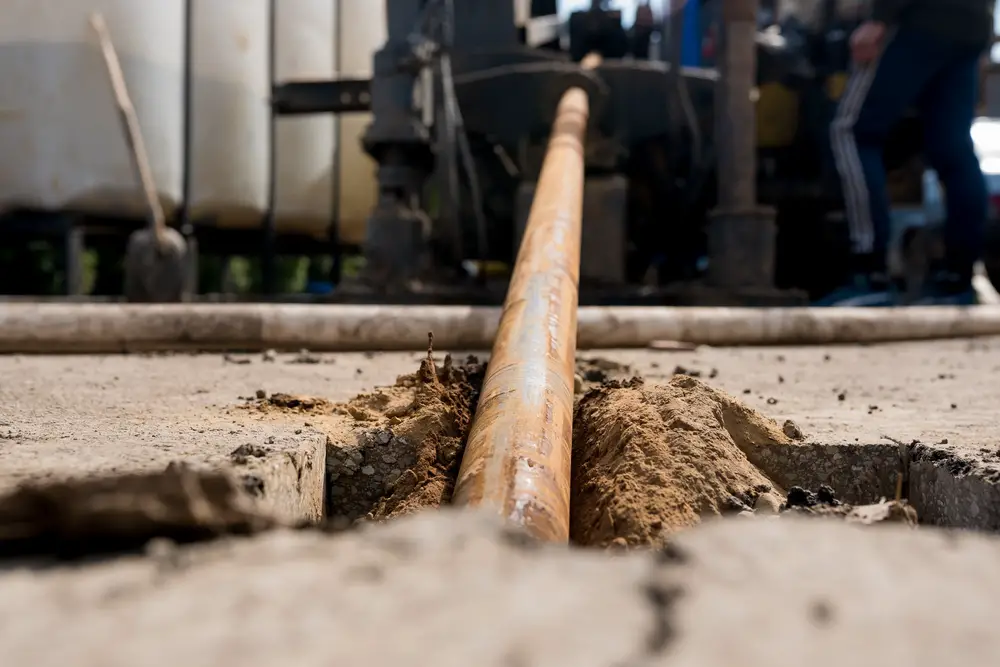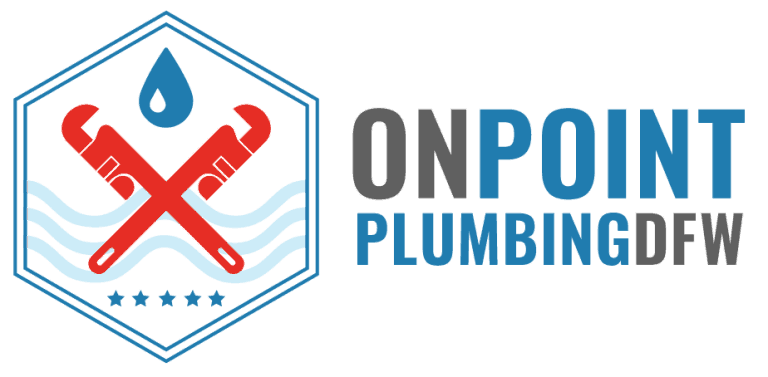
Home water systems are integral components of daily operation and comfort, with water pipes serving as their core. Over time, however, their performance deteriorates and may require extensive professional repair or replacement efforts. This is where the idea of water line re-piping comes into play. Re-piping, although a large project, maybe a necessary and useful step for homes. In this complete guide, we will look at the signs that indicate the need for re-piping, the stages involved, and how to identify the finest re-piping contractor for the task.
Understanding Water Line Re-piping
What is Water Line Re-piping?
Water line re-piping is a necessary and extensive operation that entails replacing aging, deteriorating, or malfunctioning water pipes throughout a property. This crucial operation extends beyond basic repairs and patchwork adjustments. It entails completely removing the current, sometimes aging, plumbing network and then installing new, more lasting piping systems. This repair involves more than simply replacing old pipes with new ones; it is a comprehensive strategy to renew the complete water distribution system inside a house or business.
Water pipe re-piping is designed to address various difficulties caused by obsolete or degraded lines, including leaks, corrosion, poor water quality, and ineffective flow. Through this procedure, homeowners can ensure a more dependable, safe, long-term water supply system that will improve both their operation and property values – it represents an investment into improving both the health and lifespan of plumbing systems in buildings.
When to Consider Re-piping
Pipe Age: If your house is many decades old and still has traditional piping, it may be time to re-pipe. Older pipes, particularly those composed of galvanized steel or lead, are prone to corrosion and pose health hazards.
Frequent Leaks: Consistent leaks are a warning indicator. Occasional plumbing leaks may be typical, but frequent or numerous leaks indicate systemic breakdown within your plumbing system.
Water Discoloration: Rusty or discolored water is a common indicator of corroded pipes. This is not only uncomfortable, but it may also be harmful to your health.
Low Water Pressure: If you detect a large and persistent loss in water pressure, it may be due to scale building in ancient pipes, necessitating a full re-piping.
Water Damage: Water damage signs like stains on walls or ceilings, warped flooring, or mold development might suggest leaky pipes, which often need re-piping.
The Process of Re-piping
Initial Assessment
The first step is for a professional to do a comprehensive examination to identify the scope of the issue and whether re-piping is required. This evaluation will help to determine the scope and strategy for the re-piping project.
Choosing Materials
New pipes may be made of copper, PEX, or PVC. Each material has advantages and disadvantages, and the decision will be based on your budget, the property’s needs, and local construction regulations.
The Re-piping Procedure
Re-piping often entails accessing the existing pipes, frequently through walls and floors, removing them, and installing new pipes. This technique may be intrusive and may need temporary relocation.
Similar Read: Guide to Rusty Gas Pipe Dangers and Fixes
Finding the Best Re-piping Contractors

Start with Research
Start by researching local contractors. Look for businesses that specialize in water line re-piping and have a great reputation.
Check Credentials and Experience
Ensure that the pros you are considering are licensed, insured, and have extensive expertise in re-piping. Do not hesitate to request references or case studies.
Get Several Quotes
Getting quotations from many water line re-piping contractors is a good idea. This will not only offer you an estimate of the pricing but also a sense of the contractor’s attitude and professionalism.
Assess Communication and Professionalism
The most reliable contractors are those that communicate simply and consistently. They should be eager to answer your questions as well as explain the procedure thoroughly.
Read Reviews and Testimonials
Online reviews and testimonials might provide insight into previous consumers’ experiences. Look for trends in evaluations, both positive and negative, to assess dependability and job quality.
Consider the After-Service
Good contractors provide warranties and follow-up services. Make sure the contractor you hire gives a warranty on their work and is accessible for post-installation questions or difficulties.
Final Insights on Re-piping
Water line re-piping is a critical but necessary step in preserving the health and operation of your home’s plumbing. The first step is to recognize the indicators that suggest a need for re-piping. Once the need has been identified, the key to a successful re-piping job is to identify the correct contractor. By conducting extensive research, verifying credentials, comparing bids, assessing communication and reviews, and selecting a re-piping contractor who will not only perform their services efficiently but will provide peace of mind as well. Remember that your goal should not simply be replacing outdated pipes but rather to preserve the long-term integrity and safety of your home’s water system.
On Point, Plumbing DFW is committed to tackling the issues associated with aged or failing water systems. Our experience is in water line re-piping, and our team of qualified specialists is competent at handling the complexities of upgrading antiquated plumbing systems. We prioritize quality and efficiency, providing a seamless transfer from old, troublesome pipes to a new, reliable piping system. Choosing us means putting your home’s plumbing to a staff dedicated to delivering outstanding service and achieving long-term results.
